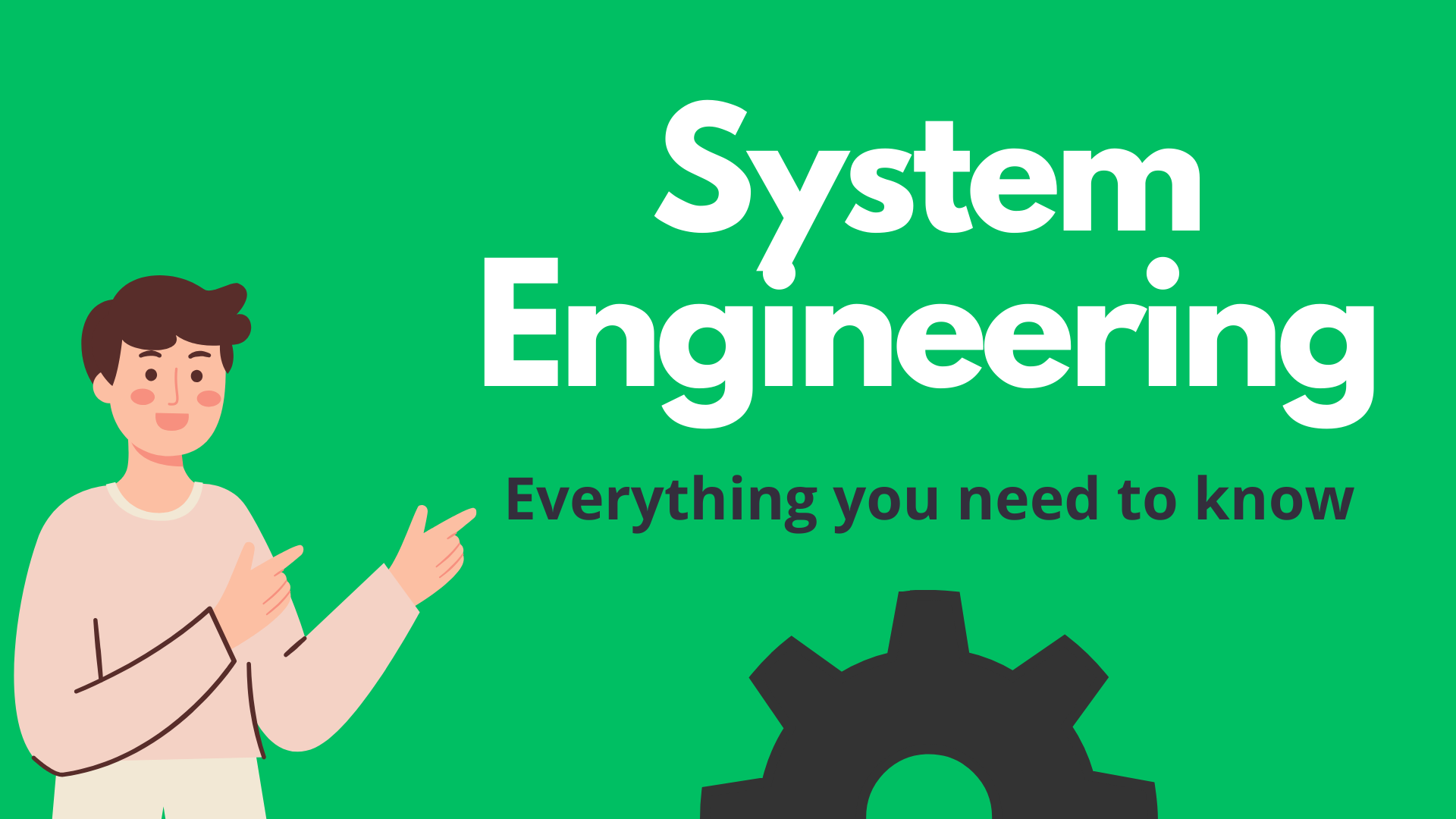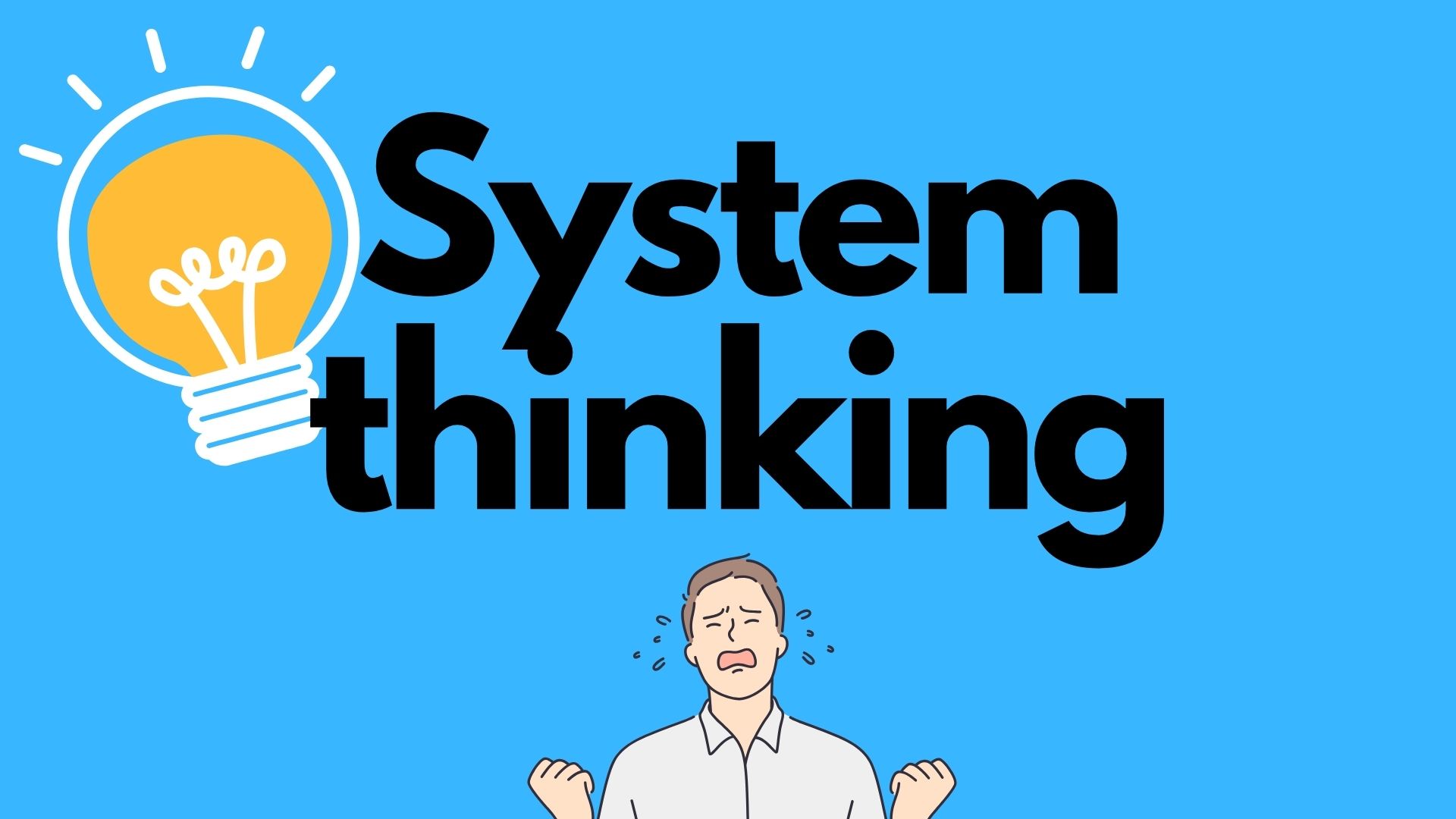

Table of Contents
Understand INCOSE and ISO15288
In the realm of systems engineering, two significant entities have made substantial contributions to standardizing practices and methodologies: The International Council on Systems Engineering (INCOSE) and the ISO/IEC/IEEE 15288 standard.
Both play pivotal roles in guiding professionals on how to effectively manage and execute systems engineering processes. This article delves into what INCOSE and ISO/IEC/IEEE 15288 entail, their importance, and how they complement each other in the field of systems engineering.
What is INCOSE?

The International Council on Systems Engineering (INCOSE) is a not-for-profit membership organization founded in 1990. Its mission is to advance the practice and application of systems engineering through education, research, and the dissemination of knowledge to professionals and organizations.
INCOSE works towards enhancing the field’s professionalism, promoting international collaboration, and supporting the development of standards and best practices in systems engineering.
INCOSE serves as a global platform for systems engineering professionals, offering certifications, resources, and networking opportunities. Its Systems Engineering Professional Certification program is recognized worldwide and demonstrates an individual’s competence and commitment to the systems engineering profession.
What is ISO/IEC/IEEE 15288?

ISO/IEC/IEEE 15288, titled “Systems and software engineering — System life cycle processes,” is an international standard that provides a framework for the life cycle management of systems.
This standard outlines the processes required to manage and engineer a system from its inception through retirement. It covers aspects such as stakeholder requirements definition, design, development, production, operation, maintenance, and disposal.
The standard is designed to be applicable across a wide range of systems, including hardware, software, processes, services, and personnel. It aims to facilitate communication among stakeholders, improve process definition, and ensure that systems meet their intended purposes and requirements.
The Importance of INCOSE and ISO/IEC/IEEE 15288
The synergy between INCOSE and ISO/IEC/IEEE 15288 lies in their common goal of promoting best practices in systems engineering.
INCOSE contributes by providing a community and resources for systems engineering professionals, while ISO/IEC/IEEE 15288 offers a structured approach to systems engineering that can be universally applied.
Both are instrumental in addressing the complexity of modern systems. They help organizations manage risk, enhance efficiency, and ensure that systems are developed according to high standards of quality and reliability.
By adhering to the principles outlined by INCOSE and the guidelines of ISO/IEC/IEEE 15288, systems engineering projects can achieve better outcomes, with increased stakeholder satisfaction and reduced costs and timeframes.
How They Complement Each Other
INCOSE and ISO/IEC/IEEE 15288 complement each other by providing both the community and the methodological framework necessary for effective systems engineering.
INCOSE’s efforts in education, certification, and networking enrich the profession’s knowledge base and foster a sense of unity among practitioners. At the same time, ISO/IEC/IEEE 15288 provides a universal language and a set of processes that ensure consistency and quality in systems engineering projects.
Together, they offer a comprehensive resource for systems engineering professionals looking to improve their skills, understand industry standards, and apply best practices in their work.
The collaboration between INCOSE and the standards defined by ISO/IEC/IEEE 15288 exemplifies the synergy between professional organizations and standardization bodies in advancing a discipline.
Conclusion
INCOSE and ISO/IEC/IEEE 15288 are foundational to the systems engineering profession, each contributing in unique yet complementary ways.
INCOSE’s focus on community, education, and certification works hand-in-hand with the structured methodologies and processes outlined in ISO/IEC/IEEE 15288.
Together, they empower systems engineering professionals to navigate the complexities of modern systems, driving innovation and ensuring the delivery of reliable, high-quality systems that meet the evolving needs of society and industry.
In the evolving landscape of systems engineering, Model-Based Systems Engineering (MBSE) has emerged as a pivotal methodology, transforming traditional approaches to design, analysis, and validation. This article delves into the essence of MBSE, tracing its history, exploring its synergy with SysML, and highlighting its indispensable role in systems engineering processes. We will also examine the […]
Before we dive into the exciting world of system engineering, let’s lay down some groundwork by understanding what a system really is. What is a System? 🤔 INCOSE ( international council of system engineering ) define the system as follow : “A system is an integrated set of elements, subsystems, or assemblies that accomplish a […]
In our intricately connected world, tackling problems in isolation is no longer effective. Systems thinking emerges as a beacon of hope, offering a lens to view problems and solutions in their entirety. This article embarks on a journey to uncover the essence of systems thinking in problem-solving, highlighting its importance in today’s complex world and […]




